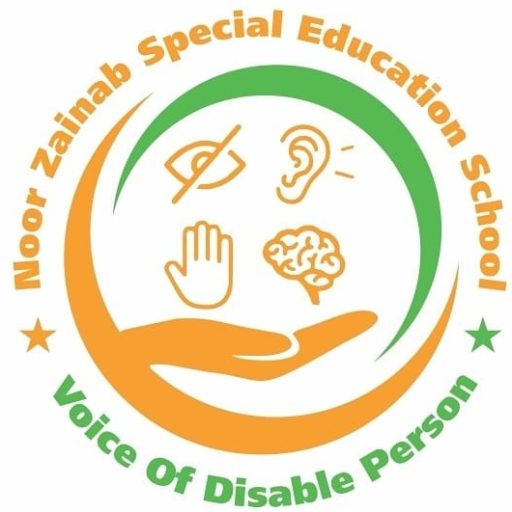Understanding Dysarthria: Causes, Symptoms, and Management
A neurological lesion to the motor component of the motor-speech system can cause dysarthria, a motor-speech impairment. It is distinguished by poor phoneme articulation, which can have a major effect on a person’s capacity for efficient communication. Many things can lead to this illness, such as degenerative neurological diseases, brain injuries, tumors, and strokes.
Causes of Dysarthria
Neurological Disorders: Dysarthria can result from disorders affecting the neurological system, including Parkinson’s disease, multiple sclerosis (MS), amyotrophic lateral sclerosis (ALS), and Huntington’s disease.
Stroke: Dysarthria can be brought on by damage to the brain regions in charge of speech production and control following a stroke.
Brain Injury: Accidental or fall-related traumatic brain injuries (TBI) can damage the neurological networks responsible for speech.
Tumors: Dysarthria can result from pressure from brain tumors on the parts of the brain involved in speaking.
Infections: Diseases like meningitis or encephalitis can harm the brain and induce inflammation, which may lead to dysarthria.
Medications: Dysarthria may be temporary or permanent as a side effect of some drugs, especially those that impact the central nervous system.
Symptoms of Dysarthria
Depending on the underlying reason and the nervous system regions impacted, dysarthria can present with a variety of symptoms. Typical symptoms consist of:
Slurred Speech: Speech can sound slurred, sluggish, or muttered, which makes it challenging to follow.
Slow or Rapid Speech: Speech might be either fast orslow..
Limited Tongue, Lip, and Jaw Movement: Clarity of speech may be impacted by difficulty moving certain parts.
Abnormal Pitch and Rhythm: Speech can sound boring or unpredictable due to an odd pitch or rhythm.
Breathiness or Nasal Quality: Speech may come out as nasal or breathy.
Drooling or Poor Control of Saliva: Salivary control issues can impact dental health and communication.
Types of Dysarthria
Dysarthria is classified into several types based on the underlying neurological disorder and the specific speech characteristics. The main types include:
Spastic dysarthria: characterized by sluggish, rigid speech brought on by damage to upper motor neurons; frequently linked to disorders like cerebral palsy or stroke.
Flaccid dysarthria: caused by a lower motor neuron injury, which can happen in diseases like myasthenia gravis or brainstem stroke, and is characterized by weak, breathy speech.
Ataxic dysarthria: Damage to the cerebellum results in jerky, erratic speech, which is frequently observed in diseases like multiple sclerosis or cerebellar degeneration.
Hypokinetic dysarthria: This kind, which is typical of Parkinson’s disease, entails decreased movement and results in rapid, monotonous speech.
Hyperkinetic dysarthria: characterized by uncontrollably moving parts that impair speech; frequently observed in movement diseases such as Huntington’s illness.
Mixed dysarthria: This kind, which is frequently observed in illnesses like ALS that impact several parts of the neurological system, combines characteristics from several forms of dysarthria.
Diagnosis of Dysarthria
Diagnosing dysarthria involves a thorough evaluation by a speech-language pathologist (SLP). The evaluation may include:
Medical History Review: being aware of the patient’s medical background, including any injuries or neurological disorders.
Speech assessment: examining the articulation, pitch, loudness, and rhythm of speech.
Oral Motor Examination: evaluating the jaw, lips, and tongue’s power and range of motion.
Voice Quality Analysis: assessing the voice’s characteristics, such as nasality, hoarseness, and breathiness.
Additional Tests: Further testing, such as MRI or CT scans, blood tests, or neurological evaluations, may be carried out depending on the probable underlying reason.
Management and Treatment of Dysarthria
While there is no cure for dysarthria, various treatment approaches can help manage the symptoms and improve communication. These include:
Speech Therapy: Speech therapy is the main treatment for dysarthria and aims to improve speech rate, breath control, and articulation. Speech drills, compensatory tactics, and strengthening exercises are a few examples of techniques.
Augmentative and Alternative Communication (AAC): AAC tools, such as speech generators, message boards, and smartphone apps, can help people who have severe dysarthria communicate.
Medical and Surgical Interventions: Speech can sometimes be improved by treating the underlying reason, which may involve changing medication, managing infections, or undergoing surgery.
Environmental Modifications: Understanding can be increased by altering the communication environment, for as by lowering background noise or utilizing visual aids.
Support and Education: It is essential to offer the person and their family education and assistance. This can involve providing emotional support as well as instruction in communication techniques.
Living with Dysarthria
Although having dysarthria can be difficult, people can enhance their quality of life and communication abilities with the correct care and assistance. To create a thorough treatment plan that is suited to their requirements, people with dysarthria should collaborate closely with speech-language pathologists, neurologists, and occupational therapists.
Community resources and support groups can also offer helpful encouragement and assistance. People with dysarthria and their families can improve their everyday functioning and communication by being proactive in managing the condition.

